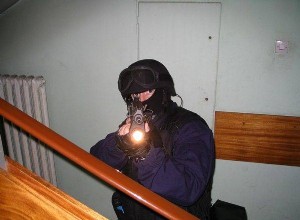Alone and in a group, day and night - they track, pursue and catch the most dangerous criminals. You do not believe in our uniforms and their effectiveness? Here are five proofs that the Polish police are second to none! Anti-terrorists, CBŚ agents and ordinary officers, risking their lives, parti




